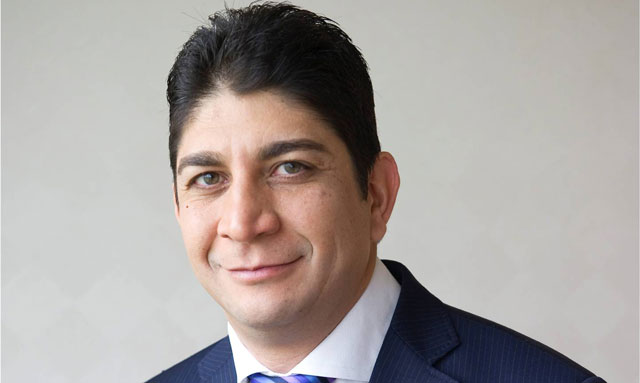
South Africans may be about to witness a race between SA’s two largest mobile operators, Vodacom and MTN, to be the first to launch commercial fourth-generation (4G) mobile broadband services based on next-generation long-term evolution (LTE) technology. LTE promises much faster downloads over wireless networks.
MTN said earlier this week that it was on track to launch a commercial 4G network in Johannesburg, Pretoria and Durban by the end of the year. MTN SA chief technology officer Kanagaratnam Lambotharan said on Tuesday that the operator wanted to have between 400 and 500 base stations equipped with LTE technology by end-2012.
MTN is “refarming” spectrum it has access to in the 1 800MHz band to offer the services but has long argued it needs access to new spectrum in 800MHz and 2,6GHz to build a national 4G network of scale.
Not to be outdone, Vodacom’s new CEO, Shameel Joosub, said in a video interview posted on YouTube on Wednesday that the operator, SA’s largest, will have LTE “in some of the cities” before the end of the year. Joosub, who was speaking to radio personality Aki Anastasiou in a Google+ Hangout, said: “We will definitely see LTE in SA before the end of the year [and] from there we will continue to grow it more each month, with more and more sites.”
Like MTN, Joosub warned that Vodacom needs access to more spectrum to offer the “full data experience”.
“There isn’t available spectrum at this stage that has been given to the operators to have a full experience of LTE,” he said. “For 4G to work, we need spectrum in the 1 800MHz or 800Mhz or 2,6GHz bands. We have 1 800MHz [and] we have to take it away from the current 2G network and refarm it and reutilise it for LTE.”
The 800MHz band is seen as crucial for delivering 4G broadband in more outlying areas because of the greater propagation of signals in the band. However, 800MHz is currently being used by broadcasters for analogue terrestrial television and they are unlikely to vacate the band until analogue signals are switched off, possibly as late as mid-2015.
Joosub said Vodacom has upgraded about 75% of its base stations’ radio equipment to make it ready for LTE. “It’s an upgrade of the older technology to a new 2G/3G site, with the capability to be 4G,” he said. “At the same time, for LTE to work there has to be fibre to the base station, so there is a lot of fibre that we are rolling out. We have already rolled out over 5 000km of fibre.” — (c) 2012 NewsCentral Media

